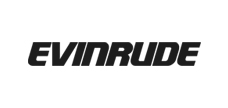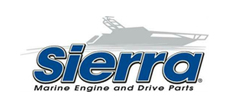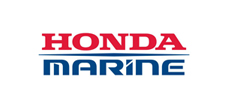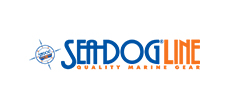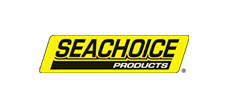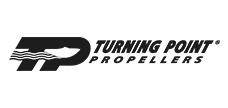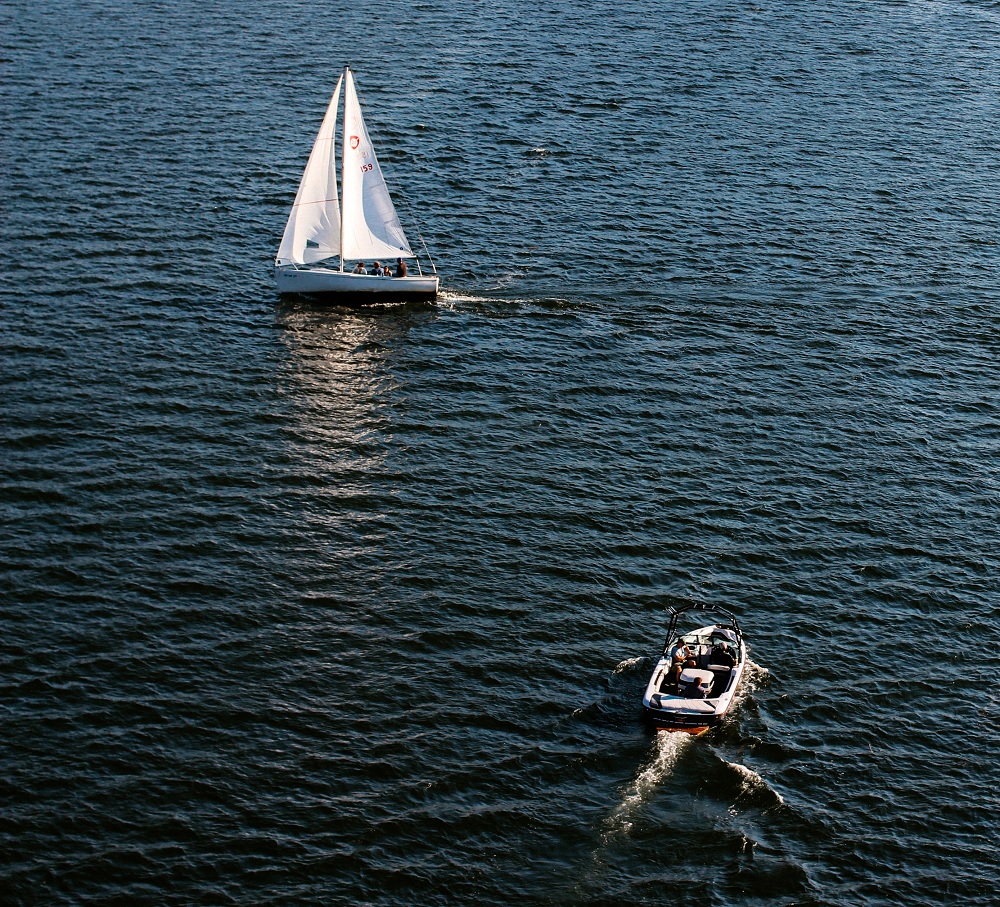
If you own a boat, or are in the process of buying a boat, you may be researching which items are required onboard your boat. This guide is meant to help you better understand which regulations are in place and how you can get all the items you need, depending on the size of your vessel, before heading out on the water.
These requirements and regulations refer to vessels operating on U.S. coastal waters, the Great Lakes, and territorial seas, as well as those waters connected directly, up to a point where the waterway is less than two nautical miles wide.
Each requirement or item is dependent upon the size of your boat, as well as where the boat is used. As a rule, the larger and more complex the boat, the more regulations it must adhere to.
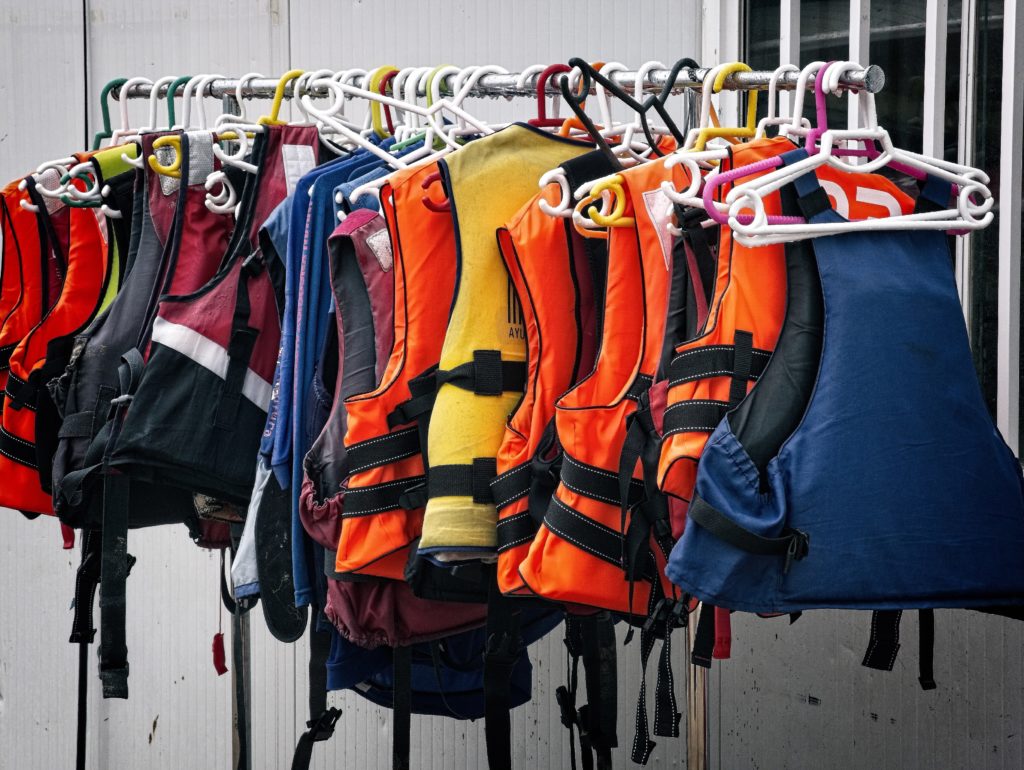
Personal Flotation Devices (PFD)
Personal flotation devices, also known as life vests or life jackets, are required on all boats regardless of the size of your vessel.
Life jackets are a key part of responsible boating and marine safety when you are out on the water. According to the United States Coast (USCG) Guard’s 2018 annual report of recreational boating accident statistics, where cause of death was known, 77% of fatal boating accident victims drowned. Of those drowning victims with reported life jacket usage, 84% were not wearing a life jacket.
There should be an allotted Type I, II, III, or V PDF or life vest for each passenger on board, according to the U.S. Coast Guard (USCG). Type V inflatable life vests can be worn by individuals over the age of 16 and must be worn onboard at all times in order to be considered a PDF. Life vests should be accessible, USCG approved, in good condition, and fit the individual on board that they are intended for. Each U.S. state has their own regulations for children’s life jackets. If the vessel is 16 feet or longer (except for kayaks and canoes), it must also carry an additional throwable flotation device (Type IV) onboard, such as a ring.
If you need a life jacket for your boat, check out our great selection of personal flotation devices in a variety of sizes, colors, and styles.
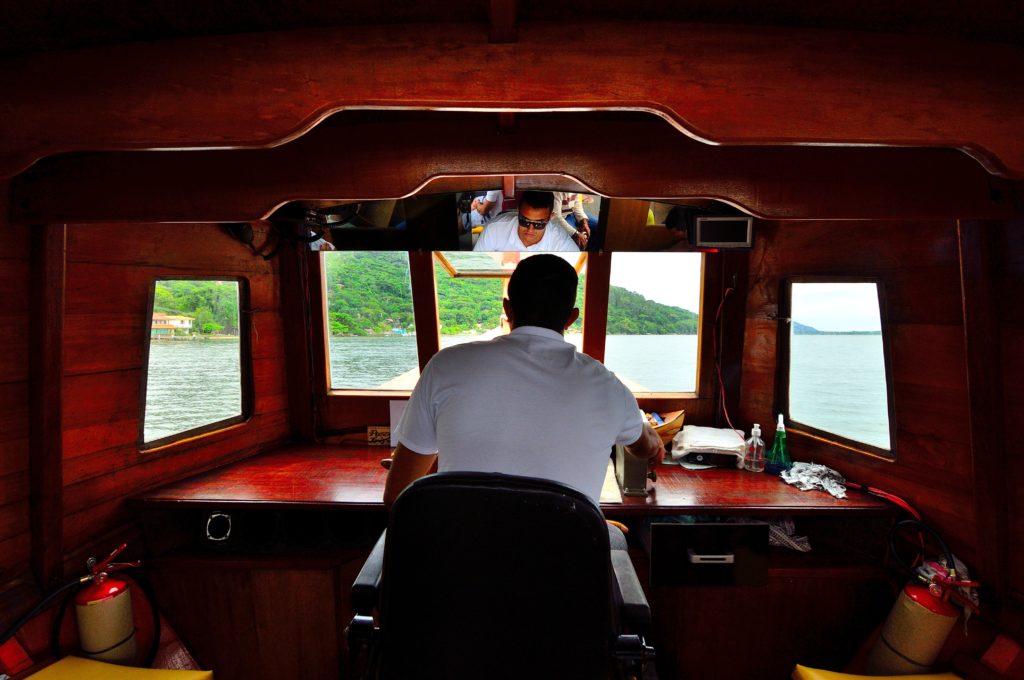
Fire Extinguishers
While it’s always a good idea to have a fire extinguisher handy, there are also minimum fire extinguisher requirements set out by the U.S. Coast Guard for vessels that have enclosed living spaces, enclosed engine compartments, permanent fuel tanks, or have any flammable and highly combustible materials.
Marine vessels less than 26’ require one B-I type Coast Guard-approved hand portable fire extinguisher; 26’ to 40’ vessels require two B-I or one B-II; 40’ to 65’ require three B-I or one B-II and one B-I. Boats over 65 feet need one to eight (depending on the weight of the vessel) B-II along with a fixed system in the machinery space.
Fire extinguishers must be mounted in their brackets, be in good physical condition with no rust or dents, have operating gauges (if any) and have seals and tamper indicators in place.
State Registration, Numbering, & Letters
Recreational boats are must be registered in the state where they are and used docked. Upon registering your vessel, the state will provide you with a certificate number that must be onboard the boat while in use. The certificate number is typically attached on the front half of the boat, at minimum 3” in height, and in contrasting color to the boat so that it is visible to onlookers.
A provided validation sticker must be placed within 6 inches of the registration numbers as well with no viewing obstructions, like how a car displays a license place and registration. All vessels with propulsion machinery must be state registered or documented with proper numbers displayed.

Visual Distress Signals
Recreational boats over 16 feet in U.S. waters must be equipped with USCG approved visual distress signals (VSD).
The exception to this requirement is boats operating on lakes (apart from the Great Lakes), sailboats under 26 feet without propulsion machinery, manually propelled boats, and boats participating in organized events. These boats must carry a minimum of 3 approved night signals when operating from sunset to sunrise
If pyrotechnic devices are selected, a minimum of three signals are required for day use and three signals for night use, although some signals (such as combination flares) can be used for both day and night. Under certain situations, non-pyrotechnic devices and electric distress lights may also serve as acceptable forms of VDS.
Backfire Flame Arrestor
All modern motorboats and motor vessels, apart from outboard motors, must be equipped with an acceptable means of backfire flame control. This means that boats must have one USCG approved or AE-J-1928 or UL 1111 standard compliant backfire flame arrestor for each carburetor on all gas-powered vessels. The backfire flame arrestor must be secured to the air intake with a flame-tight connection.
Other acceptable forms of backfire flame control include air and fuel induction systems (usually found on personal watercraft), velocity stacks (attachments to carburetors), and reed-type (found in outboard motors).
Ventilation
Modern boats built after 1980 that use gasoline for propulsion, mechanical power, or electrical generation are required to have adequate ventilation systems. Boats must have at least two ventilation ducts fitted with cowls (or their equivalent) in order to properly ventilate the bilges of every closed engine and fuel tank compartment using gasoline as fuel (or other fuels having a flashpoint of 110 degrees or less). The exception to this requirement is boats with outboard motors.
A good way to ensure that your boat meet federal regulations for ventilation is to install a powered ventilation system-if one is not already in place. Proper ventilation ensures that toxic and potentially explosive or fire hazardous gasoline fumes do not linger onboard.
Sound Producing Devices
One of the most important aspects of boating is the ability to let other boaters and vessels know what actions you are taking, such as crossing, overtaking, or meeting. In these situations, no human-made sound can sufficiently relay a message quickly, making it necessary to use sound producing devices such as bells, whistles, and horns.
Any boat under 40 feet should have a reliable sound producing devices such as a horn or whistl. Boats over 40 feet are required to carry a bell and those over 65.5 feet must carry a bell and whistle, with an air horn or electric horn counting as a whistle. The mouth of the bell must be at least 7.87 inches in diameter and the whistle should be able to be heard at least ½ a nautical mile.

Navigation Lights
Recreational boats are required to display navigation lights between sunset and sunrise and during periods of restricted visibility (such as fog, rain, haze, etc.). For sailing vessels under 23 feet (7 meters), if lights can’t be shown, then a handheld flashlight with white light must be shown to avoid a collision.
Boats under oar or paddle power may also use a white flashlight, if navigation lights are not part of the vessel’s equipment list. All other boats should exhibit proper lighting as required.
Power-driven and sailing vessels less than 65.5 feet (20 meters), must comply with the U. S. Coast Guard Navigation Rules that specify lighting requirements for every watercraft.

Marine Sanitation Device
If your boat has a toilet onboard, it must have a working type I, II, or III Coast Guard certified Marine Sanitation Device (MSD). Type I and Type II MSD’s are flow-through, while Type III operated with a holding tank. All vessels over 65 feet with onboard toilets must install a Type II or III MSD.
A certified marine sanitation device ensures that waste will not pollute the water or harm marine biodiversity.
Other Requirements: Size Dependent
⦁ Vessels 26’ and longer must display a Garbage Placard.
⦁ Vessels 26’ and longer with a machinery space must display an Oil Pollution Placard.
⦁ Vessels longer than 39.4 feet (12 meters) must have a copy of the Inland Navigations Rules aboard.
⦁ U.S. Oceangoing vessels over 39.4 feet (12 meters) with a galley and berthing or vessels that are engaged in commerce must have a posted Waste Management Plan onboard.
If you have additional questions regarding what items boats musts carry or the regulations in place for operating a boat, refer to the Boater’s Guide To Federal Requirements for Recreational Boats. This informational guide was created in order to illustrate federal boating requirements by both the U.S. Coast Guard and Homeland Security.
Get Everything For Your Boat
Shop the best quality marine electronics & boat accessories at the lowest prices online at Atlantic Marine Depot. Ensure that your boat has everything it needs, before it hits the water. Get fast, free shipping on all orders over $99. Get marine electronics & boat accessories at the lowest prices. Shop our online inventory for the best marine electronics & boat accessories for commercial boats, pleasure vessels, and fishing boats.



